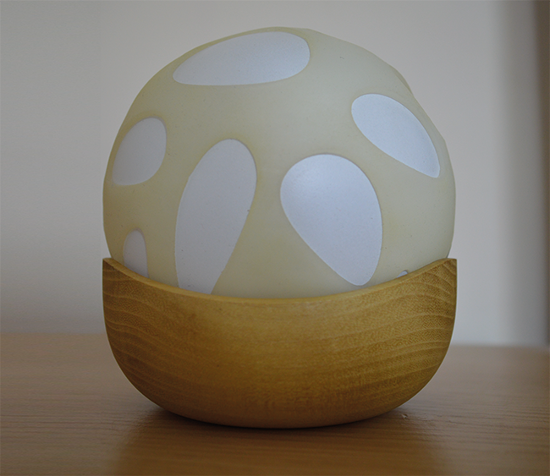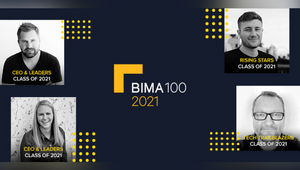
Product To Digital: How a Product Design Course Can Lead to a Digital Career

As many young students that leave school wanting to go to uni, I based my degree choice on a subject that I enjoyed doing – not thinking further than meeting new people and getting drunk in freshers. For me, this subject was Design and Technology at school and then Industrial Design and Technology at university.
I’ve always been fascinated with creating new and exciting products, but I soon realised that I was actually interested in creating exciting user experiences. It then became apparent that this didn’t necessarily have to come from a product but could also come through using a website or app. The moment I learned this, I started to look differently at digital projects, and would critique them when I wasn’t having as good an experience that I felt I should. It was at this point that I realised that all the skills I learned during a product design course worked hand in hand with the skills needed to be a digital designer.
On a basic level, designing a 3D object and a digital interface are fundamentally similar. Both require, more often than not, the design of an innovative user experience that is easy, enjoyable and aesthetically pleasing. This blog post will hopefully outline the key points to you and help you to realise this too (if you didn’t already think it).

Above: Product design - A sensory ball for those with severe autism with charging base

Above: Digital design - A wireframe of a landing page for a website
To any Joe Bloggs on the street, looking at the two images above may portray that the processes gone through to reach the final products are completely different. However, considering I’m the designer of them both, I can safely say they’re not. They are near enough identical, which was confirmed to me when doing my first internship as a UX/UI designer in the summer after graduating.
Despite what some designers may tell you (we all know at least one) design does not work in a linear process. But the steps will always work in iterations until you reach an outcome that you (and your team) are happy with, before moving on to the next step in the process.
There are five main stages that I would go through with every design, in order to reach my final product, digital or 3D. They are:
1. User research
2. Prototyping/ sketching
3. User testing
4. Designing
5. Building
Ultimately, what I’m trying to say is that whether you’re designing a new website or a kitchen table, you are essentially designing for a person who is going to interact with the product you are creating, and it’s in your hands to decide what experience they will have. So if you’re designing a chair for a person you hate, then, yeah sure, put spikes on it. But if you’re designing to give your customers the best experience possible then make sure you follow the essential design steps to get there.










